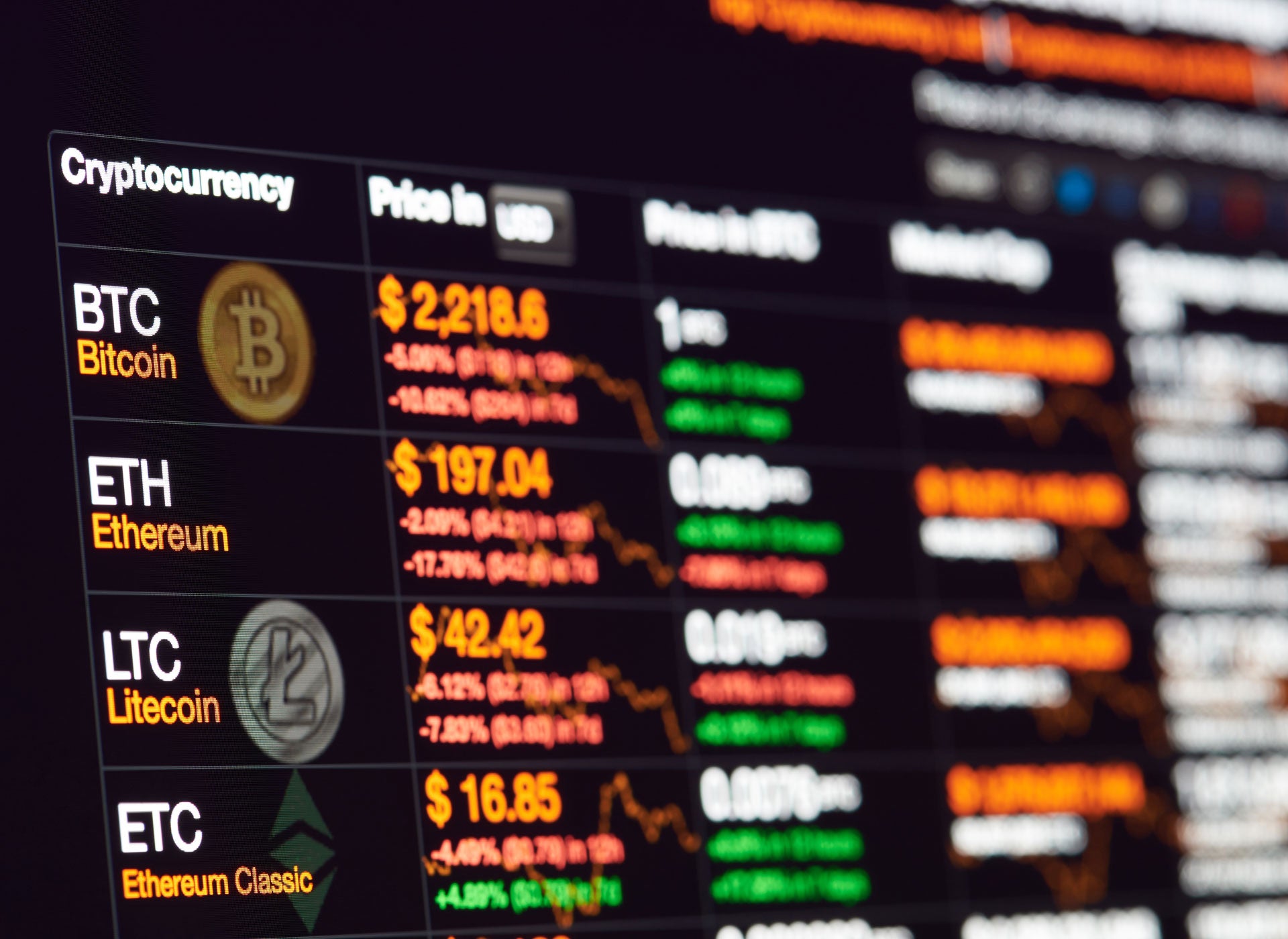Pi network cryptocurrency
The Bank for International Settlements summarized several criticisms of cryptocurrencies in Chapter V of their 2018 annual report. The criticisms include the lack of stability in their price, the high energy consumption, high and variable transactions costs, the poor security and fraud at cryptocurrency exchanges, vulnerability to debasement (from forking), and the influence of miners https://daysinnsacramentodowntown.com/.
However, in 2021, there was a backlash against donations in bitcoin because of the environmental emissions it caused. Some agencies stopped accepting bitcoin and others turned to “greener” cryptocurrencies. The U.S. arm of Greenpeace stopped accepting bitcoin donations after seven years. It said: “As the amount of energy needed to run bitcoin became clearer, this policy became no longer tenable.”
The journal encourages authors to digitally sign a file hash of submitted papers, which will then be timestamped into the bitcoin blockchain. Authors are also asked to include a personal bitcoin address in the first page of their papers.

Cryptocurrency market
With a blockchain, it’s possible for participants from across the world to verify and agree on the current state of the ledger. Blockchain was invented by Satoshi Nakamoto for the purposes of Bitcoin. Other developers have expanded upon Satoshi Nakamoto’s idea and created new types of blockchains – in fact, blockchains also have several uses outside of cryptocurrencies.
A cryptocurrency’s market cap increases when its price per unit increases. Alternatively, an increase in circulating supply can also lead to an increase in market cap. However, an increase in supply also tends to lead to a lower price per unit, and the two cancel each other out to a large extent. In practice, an increase in price per unit is the main way in which a cryptocurrency’s market cap grows.
The circulating supply of a cryptocurrency is the amount of units that is currently available for use. Let’s use Bitcoin as an example. There is a rule in the Bitcoin code which says that only 21 million Bitcoins can ever be created. The circulating supply of Bitcoin started off at 0 but immediately started growing as new blocks were mined and new BTC coins were being created to reward the miners. Currently, there are around 19.86 million Bitcoins in existence, and this number will keep growing until the 21 millionth BTC is mined. Since 19.86 million BTC have been mined so far, we say that this is the circulating supply of Bitcoin.

With a blockchain, it’s possible for participants from across the world to verify and agree on the current state of the ledger. Blockchain was invented by Satoshi Nakamoto for the purposes of Bitcoin. Other developers have expanded upon Satoshi Nakamoto’s idea and created new types of blockchains – in fact, blockchains also have several uses outside of cryptocurrencies.
A cryptocurrency’s market cap increases when its price per unit increases. Alternatively, an increase in circulating supply can also lead to an increase in market cap. However, an increase in supply also tends to lead to a lower price per unit, and the two cancel each other out to a large extent. In practice, an increase in price per unit is the main way in which a cryptocurrency’s market cap grows.
Cryptocurrency shiba inu
For cryptocurrency enthusiasts, part of the allure of meme coins is that they reject conventional protocols, and this unconventional approach may extend to the use of canine terms to describe return strategies. But they certainly seem to be a world away from staid investment terms such as return on investment and liquidity.
In keeping with the dog theme, the aforementioned Shiba Inu woof paper uses canine terms to describe how returns can be generated from one’s Shiba Inu tokens. On ShibaSwap, these tokens can be used to “dig” (provide liquidity), “bury” (stake tokens), and even “fetch” (exchange one token for another). Tokens used in these strategies generate “Woof” returns in the form of Bone tokens that are distributed to token pools known as “Puppy Pools,” according to the woof paper.
You can purchase SHIB on several exchanges using their wallets, such as Binance, Coinbase, KuCoin, and Kraken, to name a few. You can also set up a MetaMask wallet and connect it to Shiba Swap, the exchange recommended (and created) by the Shiba Inu community.

